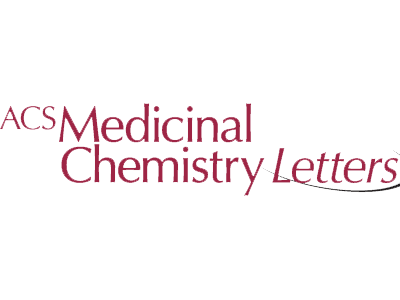Discovery of New Classes of Glycine transporter 2 (GlyT2) Inhibitors and GlyT2 Selectivity Studies by Combination of Novel Structural Based Virtual Screening Approach and Free Energy Perturbation (FEP+) Calculations
Filip Fratev
Filip Fratev 1, 2, Manuel Miranda-Arango 3, Elvia Padilla3 and Suman Sirimulla1, 1 Department of Pharmaceutical Sciences, School of Pharmacy, The University of Texas at El Paso, 1101 N Campbell St, El Paso, TX 79968, USA, 2 Micar21 Ltd., Persenk 34B, 1407, Sofia, Bulgaria, 3 Department of Biological Sciences, The University of Texas at El Paso, 500 W University Ave, El Paso, TX
79902, USA
*E-mail: fratev@micar21.com.
ACS Med. Chem. Lett.2019106904-910
Publication Date:May 22, 2019
https://pubs.acs.org/doi/10.1021/acsmedchemlett.9b00003#
Copyright © 2019 American Chemical Society

Abstract
In recent years, the mammalian GlyT2 transporter have emerged as a promising target for the development of anti-chronic pain agents. In our current work, we discovered a new set of promising hits that inhibit the glycine transport at nano and micromolar activity and have excellent selectivity over GlyT1 (as shown by in vitro studies), using a newly designed virtual screening (VS) protocol that combines a structure-based pharmacophore and docking screens. Furthermore, the free energy perturbation (FEP+ protocol) calculations and molecular dynamics (MD) studies revealed the GlyT2 amino acid residues critical for the binding and selectivity of both Glycine and our Lead1 compound. Positions of the 3th Na+ and also K+ ions were determined. The FEP+ results wellmatched available literature mutational data proving the quality of generated GlyT2 structure. The ADMET profile of the ligands was also predicted. Based on these calculations we propose that Lead1 may also be a strong inhibitor of the neutral and basic amino acid transporter B (0+) (SLC6A14). Thus, the subsequent lead optimization and characterization of refined compounds may lead to both chronic pain and pancreatic cancer agents addressing an unmet and challenging clinical needs.
